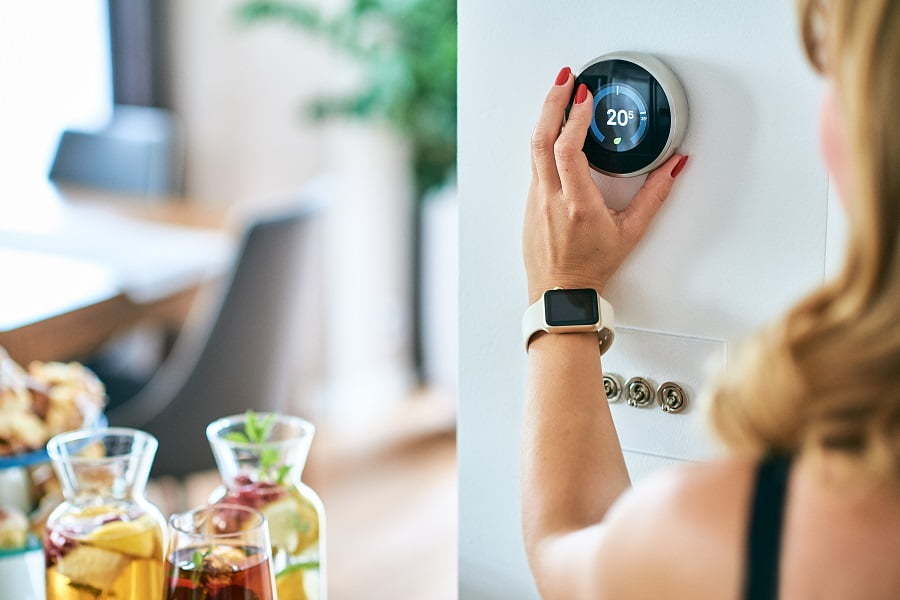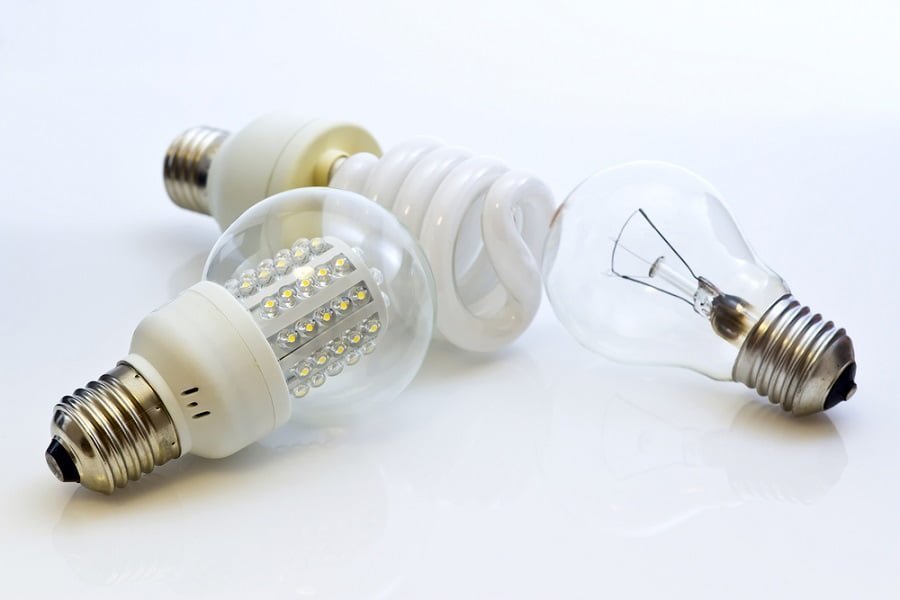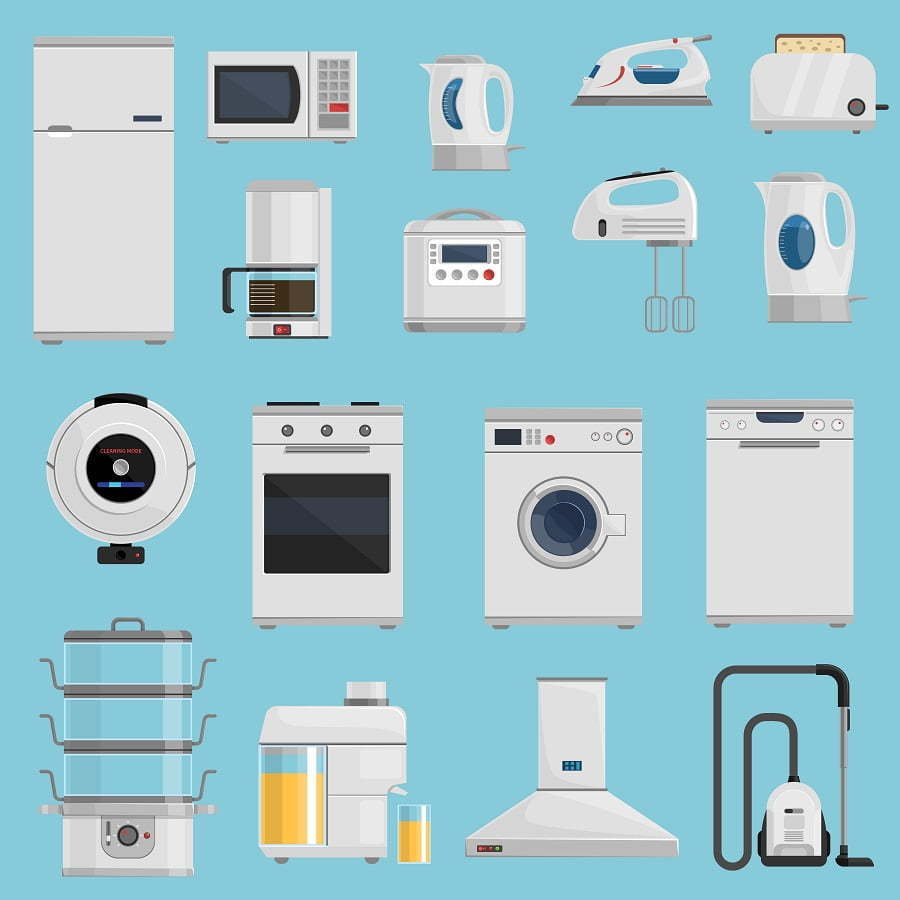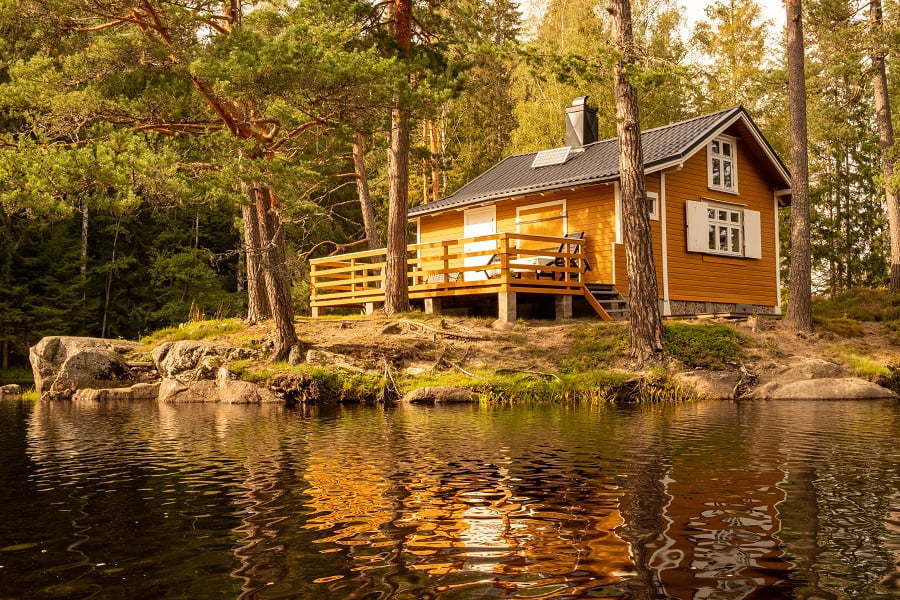Last updated on
Who doesn’t want to make their home more energy efficient? But do you know where to start? Here are four key ways. Read on!
The majority of energy in our homes goes towards lighting, heating, and cooling. While we all need these, often, we tend to use them in excess, even during times that we generally don’t need them. Just as we turn off our electricity during the day to make use of natural light, we can also make a few adjustments to how we use our cooling and heating units.
There are many reasons to make our homes more energy-efficient. First off, it’s great for the environment if we use less energy. In the production of electricity, for instance, some contaminants find their way into the air, soil, and in the streams and rivers. One way to meet the energy requirements of your home without relying on utility companies is to install solar panels.
Furthermore, many states and jurisdictions offer tax deductions to homeowners who have taken measures to make their homes more energy-efficient. Also, when bringing down our electricity, heating, and cooling, it’ll help significantly save on the monthly bills.
That being said, here are ways to make your home more energy-efficient.
Find Different Yet Better Ways to Keep Your Home Warm or Cool

Most people have installed thermostats, and it’s usually overlooked to turn it off when they’re not at home. By simply turning off the thermostat whenever we’re away, we can significantly bring down the heating costs.
You can also use a ceiling fan instead of your air conditioner. However, make sure that you buy a ceiling fan that consumes less electricity and is more energy-efficient.
Another great alternative to keeping your home cool is to install energy-efficient roofs. This type of roofing helps deflect the heat from the sun, which means less reliance on the air conditioner, allowing you to save on energy.
Another way to keep your home warm or cool is to add insulation. This helps in temperature regulation, ensuring that the interior of your home is cool during the summer months and warm during the cooler months.
Used LEDs or CFDs

If you use incandescent light bulbs to light your home, there’s a lot of energy wasted as it generates more heat. Incandescent light bulbs convert around 10% of the electricity they consume into light while the remaining 90% escapes in terms of heat.
Compare this to the compact florescent lamps or the light-emitting diodes (LED) that can convert up to 75% of the electricity into light, and you begin to see the potential to massively save on electricity costs.
Furthermore, LEDs and CFDs are not just more efficient at converting electricity into light but they also last longer. Changing from incandescent light bulbs to LEDs can cause a huge change in your electricity bills, too. You can combine this with other energy efficient practices, such as ensuring that the lights are off when not in use, and in no time, you’ll be saving money in electricity at the same time keeping your house cool.
Replace Your Showerheads and Toilets

Toilets and showerheads use the most water in our homes. This is because many showerheads have a high flow rate and we end up using more water than we need to clean ourselves. Hence, you can significantly save on your water bill by replacing your old showerhead with something that has a low flow rate.
Also, when you use a showerhead with a low flow rate, you’ll be able to get used to not being in the shower for a long time. Remember, the longer you take a shower the more you waste water and energy.
The toilets are perhaps the biggest consumers of water in our homes–they account for between 30% and 40% of the water bill. Many toilets have a capacity of 3.5 gallons. Fortunately, toilets that have at least 1.6 gallons of water capacity are available on the market. Thus, you can almost half the amount of water consumed by your regular toilet. Furthermore, you can also consider vacuum toilets as it uses suction when removing feces and urine, resulting in using less water.
Use Energy Efficient Appliances

You can save on the electricity bill by using your home appliances in a smart way. For instance, refrigerators consume more electricity during warmer months than during colder months. This is because your refrigerator will stop running when it gets to the ideal cool temperature of 0 degrees Fahrenheit (-18 Celsius). Above this, the refrigerator will run and try to bring the temperature back down again.
This explains why refrigerators use more energy in summer than in winter. Using this principle, ensure that your refrigerator is placed away from the cooker or any warm part of the kitchen.
Furthermore, desktop computers lap up more electricity than laptop computers do. They use up between 60 and 200 watts of power, while laptops use 20 to 50 watts. This is because laptops can run on battery power for a long time. Consequently, you can decide to replace that huge desktop and use your laptop, giving your home more space.
Also, keep in mind that laptop and phone chargers will still consume a small bit of electricity when not in use. This can put a dent in your electricity bill at the end of the month. Thus, always unplug any chargers from the sockets when they’re not in use.
Many people don’t realize that a lot of energy is wasted when preparing our meals. Thus, the need to consider using convection ovens. They’re far more energy-efficient than conventional ovens and will only use up to 20% less energy. Also, you’ll require less heat to warm or cook food by placing the lid on pots and pans.
Moreover, using a pressure cooker when preparing meals will ultimately save you on energy costs as it requires significantly less heat than using a cooker.
Making your home energy efficient not only helps you save on electricity bills but also ensures that your home is beneficial for you and to the environment since it’ll lessen pollution.
Related reading:
Table of Contents





